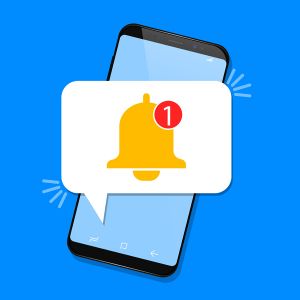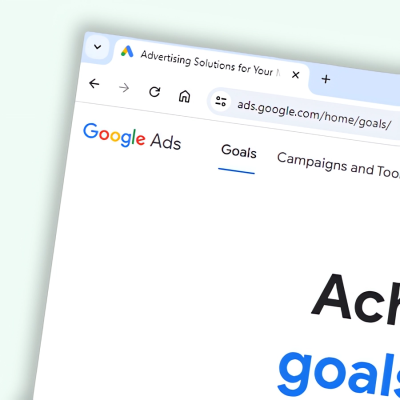If you have an e-commerce website, or utilize content marketing, Web Push Notifications could be the next step for you to keep re-engaging with your website visitors, allowing you to reach them on any device, without them needing to hand over any personal data.
What are push notifications?
We’re all familiar with regular push notifications: the banner notifications that come from the apps on your phone, such as a missed call, unread text notification, BBC news update, new match on Tinder. If you have enabled notifications for any app, that app is able to use the phones operating system to send you messages. Everyone with a smartphone knows how engaging these notifications are, grabbing your attention in real-time, with direct access to your screen no matter what you’re doing.
It is commonly believed that this type of customer-engagement marketing is limited to those who have a ‘native app’ (that is, an app that customers have to download onto their phone from the app store in order to access it’s features). However, with the efforts being made by Google and Apple to explore and move towards ‘progessive web apps’ (apps that you don’t need to download from a store, more like a website), more and more of the features of smartphone operating systems are available to improve and enhance your website or online marketing… without needing to develop a native app.
So how do website push notifications work?
In the same way that when you install a native app on your smartphone your app asks the user for permission to access notifications features, your website can ask new visitors for approval to send them website push notifications. Once this ‘visitor’ has become a ‘subscriber’, you can then send them notifications from the website in the form of customised text, URL links, and images.
What is so good about website push notifications?
Web push notifications instantly offer some big improvements from other forms of notification marketing and native app notifications (e.g. newsletters, SMS).
- Your customers only have to click one button, and they don’t have to share with you any personal information. This makes for a super smooth user experience, and the only data that is stored is: ‘a browser has granted a website permission to send notifications’…. No name required!
- If a user is committed to one operating system and one browser, you can send the notification to ALL their devices (including desktops), not just the device they sign up on.
- It’s far cheaper than developing a native app. If, for example, an ecommerce business is going to adopt push notifications as part of their marketing strategy to let customers know about flash sales, they can either develop a native app from scratch or invest in their existing ecom website.
The first involves jumping through the necessary hoops to get a new app approved, working on both the respective Apple and Android app-stores (which isn’t cheap!), and then having to maintain and upkeep the apps to ensure that they work across all new devices and software updates. The latter – investing in your existing ecom website so that it can send push notifications – is a no brainer.
Practical application
You might now be wondering how to use push notifications in your marketing strategy. While the technology is not that new any more given it’s been used on every smartphone over the past 10 years, it’s introduction into a new medium (website) does mean that we can be a lot much more creative.
E-commerce
- As push notifications just require the click of one button, it could well be the next generation of special offer marketing. Imagine being able to get customers to subscribe to certain interests, e.g. new products launched, notify me when something is back in stock, sales on certain products. With push notifications you can let a customer know the exact moment a product comes back into stock, or a new one is launched.
- Push notifications can also be used for fulfillment. With companies like deliveroo and Uber, consumers have got used to a much higher level of service when it comes to the arrival of their goods/services with constant notifications and ETAs. Push notifications open up opportunities for links with delivery services and provide a similar service, letting customers know in more detail every step of the process. This is already being implemented and tried out by Amazon.
Marketing
- Push notifications is far from just an ecommerce tool. It has clear potential in content marketing and to get information to customers and clients much faster. With the necessary care and implementation, it also allows for you to get much more tailored content to your customers. While capturing permission, you can also capture preferences, allowing you to then only send notifications on content that they are likely to engage with.
These are just a few of the more obvious ways to implement push notifications. But with the wealth of creative minds in our industry it is likely to be used in new and exciting ways. We have already created a push notification for a green lobbyist client, that allows them to send push notifications on their articles, but also send out real time smog warnings for affected cities or other urgent messages.
If you would like to talk more about push notifications and now it could improve your website marketing, please do not hesitate to get in touch.


